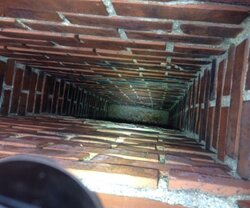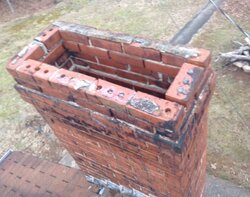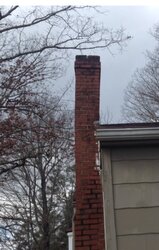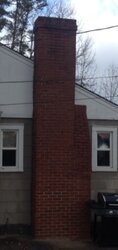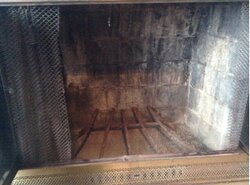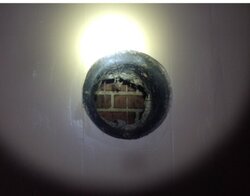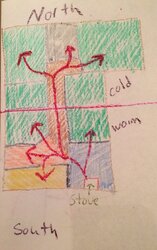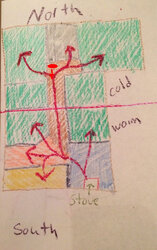Greetings from Western North Carolina!
I joined the forum today after a couple of months of lurking and researching. We have an 1,100 square foot single level farm house. It was built in 1949 and has an oil furnace powering strip radiators. Insulation is insufficient and random.
We want a Jøtul F 55 Carrabassett. The trick is this, our brick chimney is too thin (1 brick width snd no lining) and it can be pushed away from the roof. We had a $120 "inspection" from a company on Thursday and they were more interested in selling us their liner and "medium size" stove than telling us if our chimney is safe. When we told our stove shop about the experience they said that they would have a crew in our area on Tuesday and they will check our chimney out. They said that since our chimney has withstood winds for 65 years, it's a good sign, but their main concern is a chimney cave in.
So now we wait for the answer.
Has anybody got experience with a chimney cave in or a wobbly chimney that was successfully lined?
I joined the forum today after a couple of months of lurking and researching. We have an 1,100 square foot single level farm house. It was built in 1949 and has an oil furnace powering strip radiators. Insulation is insufficient and random.
We want a Jøtul F 55 Carrabassett. The trick is this, our brick chimney is too thin (1 brick width snd no lining) and it can be pushed away from the roof. We had a $120 "inspection" from a company on Thursday and they were more interested in selling us their liner and "medium size" stove than telling us if our chimney is safe. When we told our stove shop about the experience they said that they would have a crew in our area on Tuesday and they will check our chimney out. They said that since our chimney has withstood winds for 65 years, it's a good sign, but their main concern is a chimney cave in.
So now we wait for the answer.
Has anybody got experience with a chimney cave in or a wobbly chimney that was successfully lined?


